
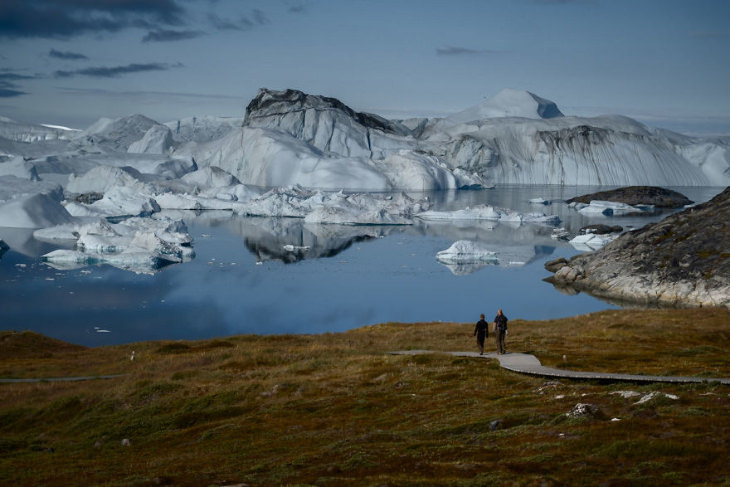
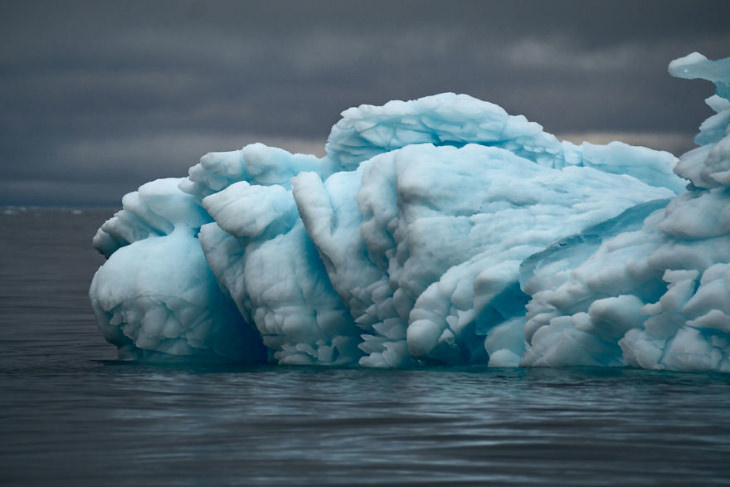
 The glacier is among the most active glaciers on earth! How is a glacier active, you ask? Well, it moves, of course. This glacier moves 130 feet a day. The geography of the land where the glacier drains creates a very narrow stream, resulting in Sermeq Kujalleq being one of the fastest moving glaciers in the world.
The glacier is among the most active glaciers on earth! How is a glacier active, you ask? Well, it moves, of course. This glacier moves 130 feet a day. The geography of the land where the glacier drains creates a very narrow stream, resulting in Sermeq Kujalleq being one of the fastest moving glaciers in the world.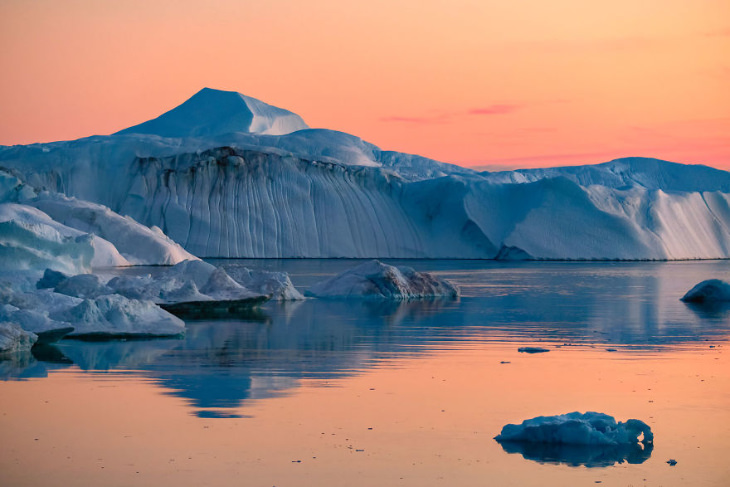 Its annual calving makes for 10% of the all Greenland calf ice and more than any other glacier outside Antarctica. But don't let that despair you- calving is indeed a natural process in all glaciers. Unnatural sped-up erosion of a glacier is called disintegration, and you can read more about the difference between the two here.
Its annual calving makes for 10% of the all Greenland calf ice and more than any other glacier outside Antarctica. But don't let that despair you- calving is indeed a natural process in all glaciers. Unnatural sped-up erosion of a glacier is called disintegration, and you can read more about the difference between the two here. 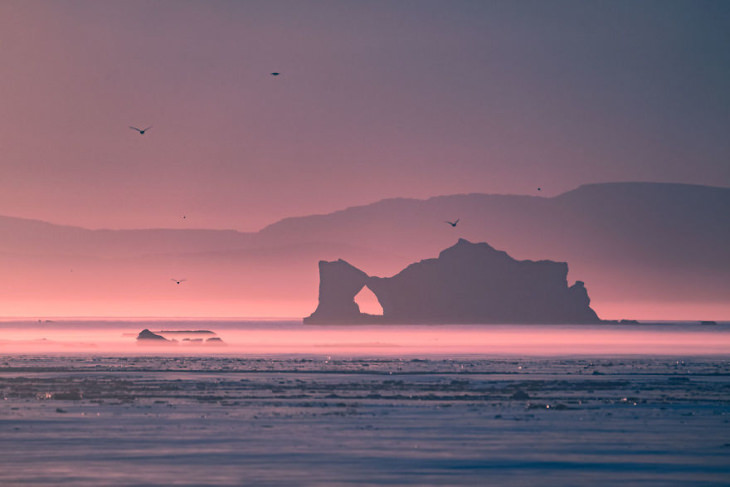 The only way to see the Sermeq Kujalleq Glacier itself is with a scenic flight- you can't reach it on foot. But you can explore the downstream from afar and enjoy the frequent calving, as Sahai does: "I love coming there at around midnight, sitting down with a thermos full of hot coffee and listening to the icebergs calving while they are making their way into the ocean."
The only way to see the Sermeq Kujalleq Glacier itself is with a scenic flight- you can't reach it on foot. But you can explore the downstream from afar and enjoy the frequent calving, as Sahai does: "I love coming there at around midnight, sitting down with a thermos full of hot coffee and listening to the icebergs calving while they are making their way into the ocean."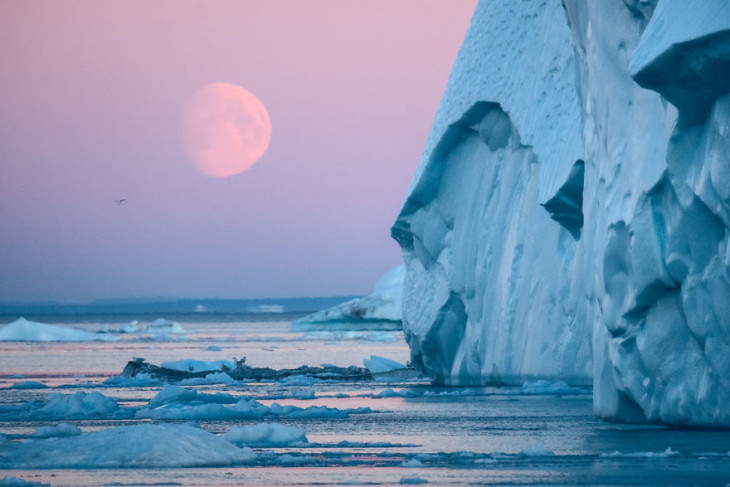 Ice-breaking off the glacier is usually very large and can reach up to 3,300 ft in height. These lumps are too tall to float down the stream. They just remain static in the shallow, sometimes even for years until they're broken down by natural wear.
Ice-breaking off the glacier is usually very large and can reach up to 3,300 ft in height. These lumps are too tall to float down the stream. They just remain static in the shallow, sometimes even for years until they're broken down by natural wear. 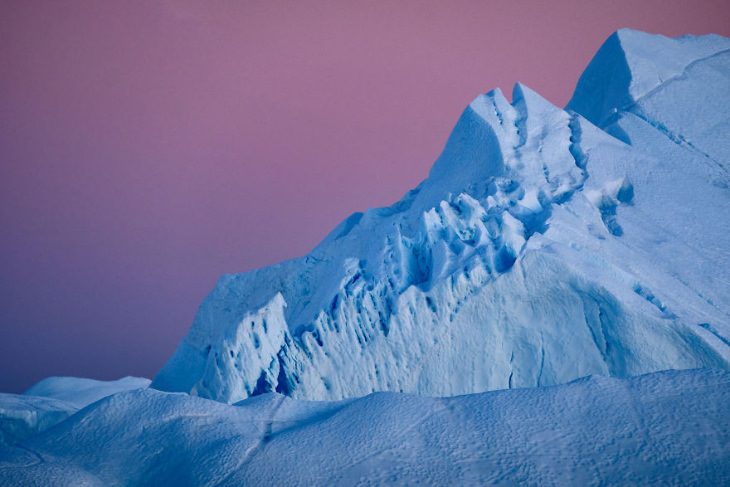
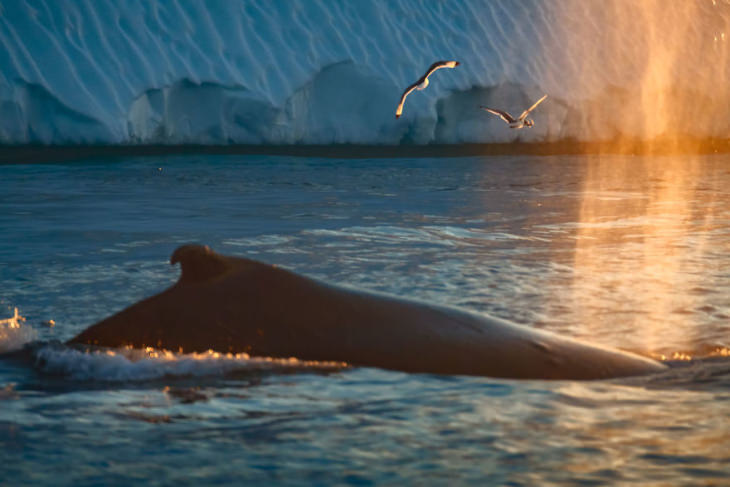
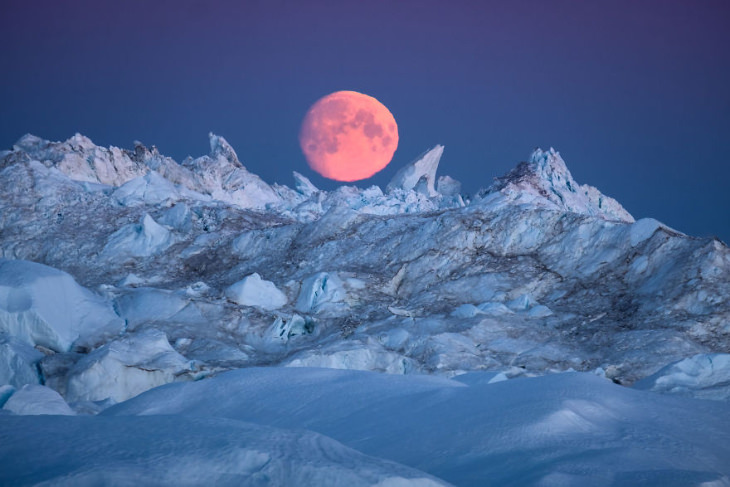
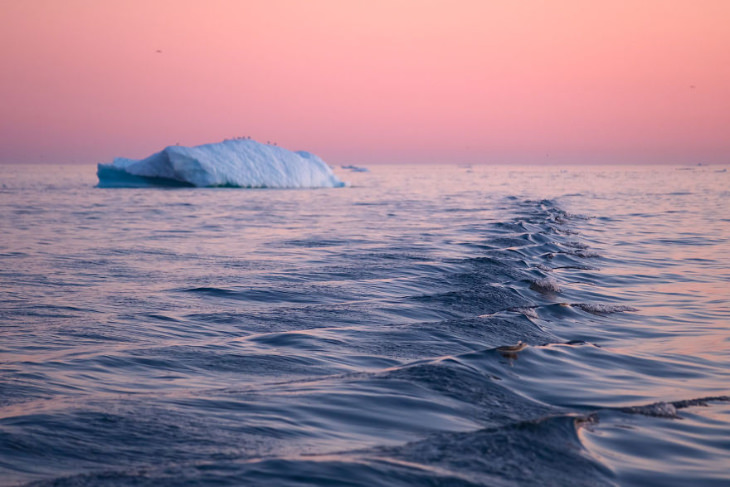
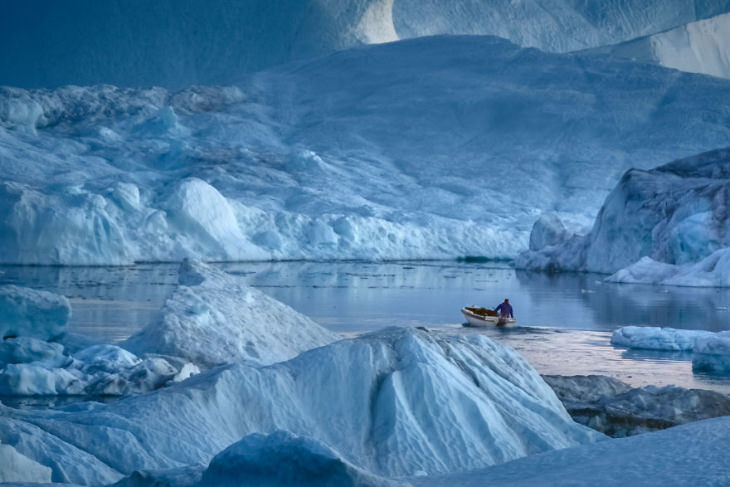 Source: 1, 2.
Source: 1, 2.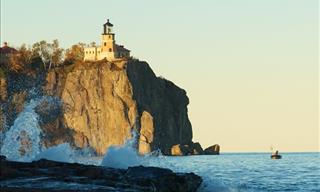
11 Scenic American Lakes Absolutely Everyone Should See
Everyone ought to know about these magnificent American lakes that offer so much fun and countless beautiful views, we want to visit them all!
 2:34
2:34
This River in Peru Can Boil a Person Alive
Meet the Shanay-Timpishka river in Peru that's hot enough to boil a person alive.
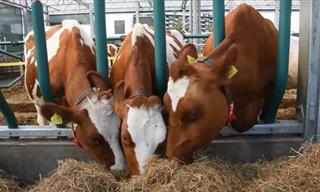 3:24
3:24
Visit the World's First Floating Dairy Farm in Rotterdam
We have floating markets and floating restaurants. How about a fully stocked floating dairy farm?

This Exotic Resort Has the Most Vivid Turquoise Water...
Today we're visiting a natural resort cradled in the heart of the Guatemalan jungle, Semuc Champey.
 11:11
11:11
A Breathtaking Journey Over the Nordic Islands
In the Nordic Islands, you could really feel the power of nature in all its glory, as you can see in this stunning 4K aerial video.
 5:09
5:09
The Uncompromising Beauty of the Southern Pole...
In this video you can see the storm of color that is the Aurora Australis, streaking across the skies of the most southern point on our globe.
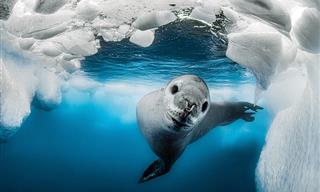
The Beauty That Resides Under the Sea: Award-Winning Pics
Check out the outstanding winners of the Underwater Photographer of the Year 2023.
 3:51
3:51
Dr. Hodges - The Vet That Cures Exotic Cute Pets
In this video, we meet Monty, the pet axolotl. It's his first visit to the Vet!

Lovable Baby Animals You Just Want to Cuddle Up With!
A collection of cute and adorable baby animals you will love.

The Unchallenged Beauty of 14 Waterfalls Worldwide
Admire the beauty and power of 14 picturesque waterfalls from every corner of the planet
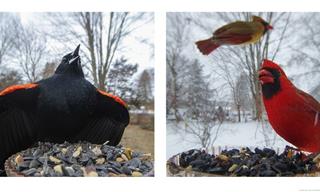
This Woman Takes Incredible Wildlife Pics With Hidden Cams
A woman has set up a secret camera in her backyard bird feeder and ends up capturing the most interesting wildlife photos.
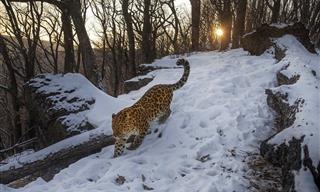
Nature inFocus Photography Awards: 17 Incredible Winners
Check out the incredible winners of the 2023 Nature inFocus Photography Awards.

Here Are 10 of The Most Spectacular Forests in the World
Forests make up a third of our planet, and some of them are just utterly spectacular. Here are 10 of the most amazing forests in the world.
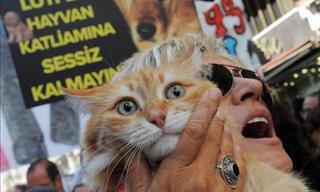
An Inspiring Collection of Moments in the Lives of Animals
Some of the most poignant stories and photos of animals from around the world.
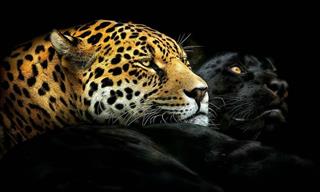
These Intimate Animal Portraits Will Leave You Stunned
Photographer Pedro Jarque Krebs takes intimate close-ups of wild animals. Here are some if his best shots.
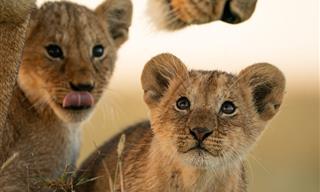
The Wonders of the Maasai Mara in 10 Award-Winning Photos
Prepare for the wildlife adventure of a lifetime!
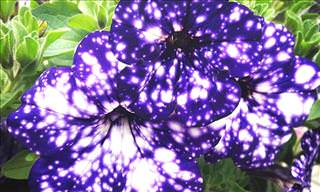
These Flowers Capture a Starry Night On Their Petals
These wonderful flowers appear to have the night sky captured in their very petals. View some stunning photos of them and learn more about them.

When Animals Love, We Get Wonderful Moments Like These
18 gorgeous moments of animals showing affection and love to each other in wonderful photography by Goran Anastasovski, see how they kiss, hug and show love.
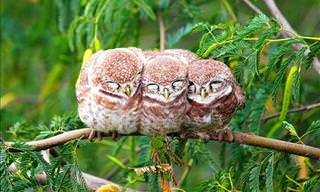
A Huddle is a Cute Thing. A BIRD Huddle is Just the Cutest!
A huddle is a cute thing. A BIRD huddle is the cutest!
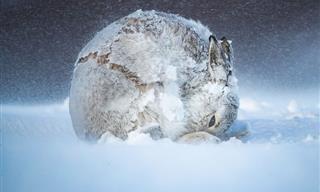
16 Award-Winning Shots That’ll Take Your Breath Away
The 2020 winners of the nature photography competition BigPicture have been announced, and they are astounding!
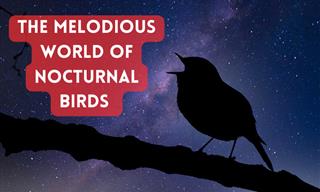
9 of the Most Fascinating Night-Singing Birds
Enter the fascinating world of birds that chirp mellifluously at night.

14 Plants in the Most Artful, Unique, and Quirky Pots
These perfectly-paired pots and plants will light up any garden.

10 Beautiful Horse Breeds Everyone Needs to Know About
We humans owe horses so much thanks to the role they've played in human history. These are probably the 10 most interesting breeds of all.
 7:00
7:00
Cute Animal of the Week: The Little-Known Cuscus
Today, let us introduce you to a little-known, unusual but adorable animal – the cuscus.
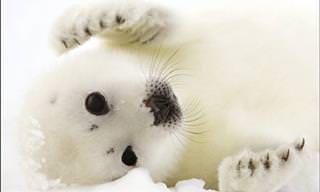
11 Adorable Polar Animals that Will Warm Your Heart
Adorable animals of the north and south poles
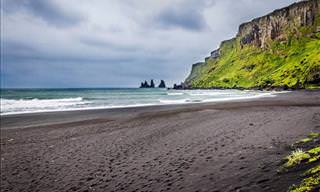
Black Sand & Blue Seas Make These Beaches Spectacular
As beautiful as the beaches may be, there is something alluring and mysteriously beautiful about black sand beaches. Take a look.
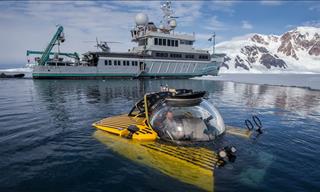 5:10
5:10
A Most Beautiful Exploration of the Ocean Floor
Dive far below the ocean, all the way to its bottom below the great frozen continent of Antarctica.
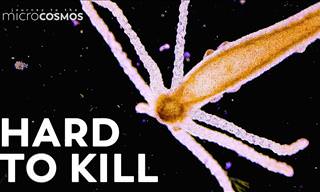 8:25
8:25
This Microscopic Animal is Probably Immortal
Not unlike the mythical hydra, real life hydras are microscopic organisms that have incredible regenerative abilities...
 7:26
7:26
Learn the True Art Behind the Bonsai Tree
Ryan Neil is an expert in the art of shaping Bonsai Trees, and will take you on a journey into yourself through nature!

15 Things You Never Knew About the Panda Bear
When you hear about pandas, you think big, cute and cuddly, but there is much you might not know about these gentle giants...
 4:02
4:02
True Friendship Survives Beyond Time - Beautiful!
Gorilla Reunites With Carer 5 Years Later...
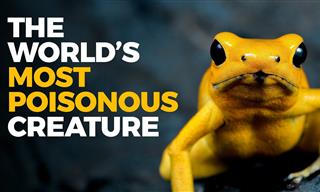 15:59
15:59
The Story of the World's Most Poisonous Creature
This frog is the most poisonous creature in the world!
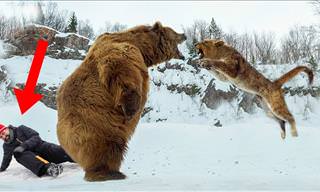 10:02
10:02
9 Heartwarming Instances of Wild Animals Saving Humans
Animals are more intelligent and kind than we give them credit for, and these 9 touching stories prove that
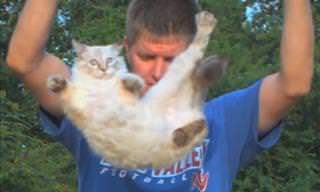 6:26
6:26
This Amusing Video Explains How Cats Land on Their Feet!
Have you ever wondered just how cats manage to safely land on their feet every time they fall or are dropped? Watch this video and wonder no more!
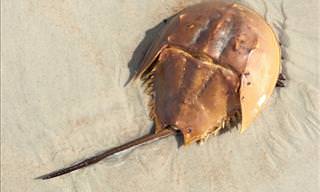
10 Amazing Facts of Nature that Are Too Weird to Believe
Bizarre natural phenomena, creatures, plants and minerals. Here are some amazing and interesting things courtesy of nature to astound you
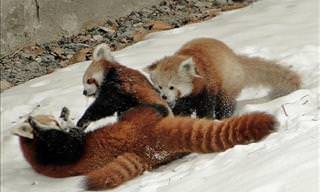
Mother's Day is Celebrated Among the Animals Too...
Remind yourself of your mother's love this Mother's Day by viewing these heartwarming photos of animal moms with their young.
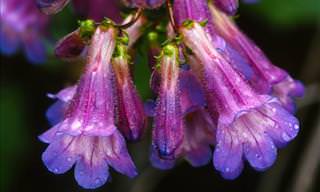
Save Money on Watering with These Drought Tolerant Plants
Here are 10 low maintenance perennials that will grow year after year.
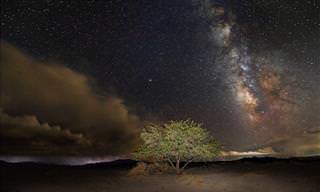
Soak in the Beauty of Our Planet With These Stunning Photos
Take a look at these stunning photos of our beautiful planet Earth.
 3:05
3:05
Behold the Gaur: The Largest Wild Cow on Earth
Let’s get up close and personal with the mighty Indian gaur, known as the world’s biggest wild cow.
 2:24
2:24
This Stunning Bird of Prey Video Will Leave You in Awe!
Be humbled by the extreme beauty of these birds of prey in their natural environment.
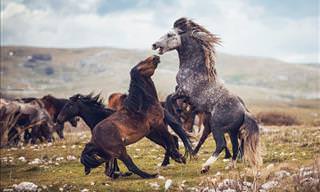
These Beautiful Photos Capture The Majesty of Wild Horses
Few animals can compare to the majestic and beautiful wild horse.
 6:34
6:34
Have You Ever Seen a More Beautiful Garden Than This?
Kayoichou Park is situated in Kasuya Town on the edge of Fukuoka City on the island of Kyushu, Japan. Take a look at the stunning rose garden there.
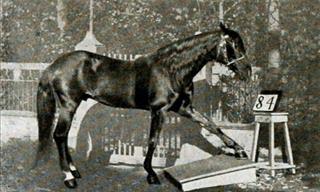
The Astonishing Story of the Horse Who Could Do MATH
One of the most mathematically gifted and famous animals ever known was Clever Hans - a horse who lived in Germany in the early 1900s
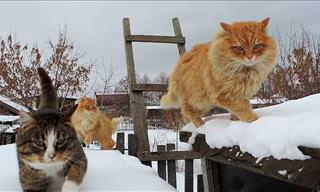
These Siberian Cats Are Truly Stunning!
Alla Lebedeva has turned her homestead into a "Catland" and she has now gone viral thanks to some incredible photographs of her glorious Siberian cats.
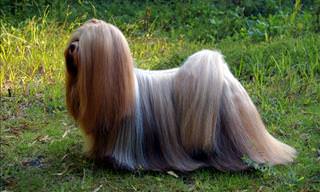
These 17 Animals Could Definitely Model Hair Products
These animals have prettier hair than most people you know, and it's all natural!
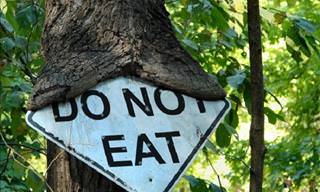
Hilarious! Nobody Tells Mother Nature What to Do!
Here are 18 ironic photos that prove that nature doesn't care about what people want!
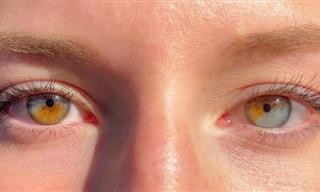
15 Pictures Depicting the Rare Wonders of Nature
In this article, we display 15 unique photos of various natural phenomena - from rare eye colors to beautiful rock formations, and even albino plants.


